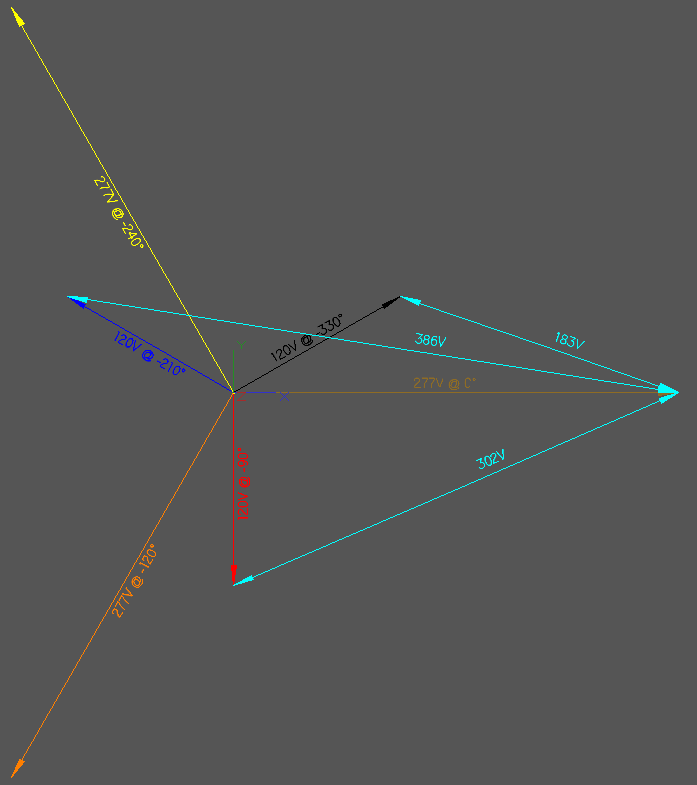What is your point, and who is jumping on anybody, how do you know the switch is not a self grounding type switch, and the big question is, why are you upset?
The illustration is the property of the owner of this forum and it is correct, the fact is, the OP was simply asking for the Code Reference and you did not provide it.
I don't know why you think this is a "ridiculous thread", it is a real question that was answered by John in the first reply and simply turned into a discussion. If you truly think it's ridiculous then just don't participate when the discussion go beyond where you think it should end.
As far as the thread being in the Electrical Contracting and Estimating/Management forum, it could be due to estimating the material and labor, if I thought it was in the wrong forum I would move it.
BTW, I have code books back to 78 and a jump to 47
Roger



